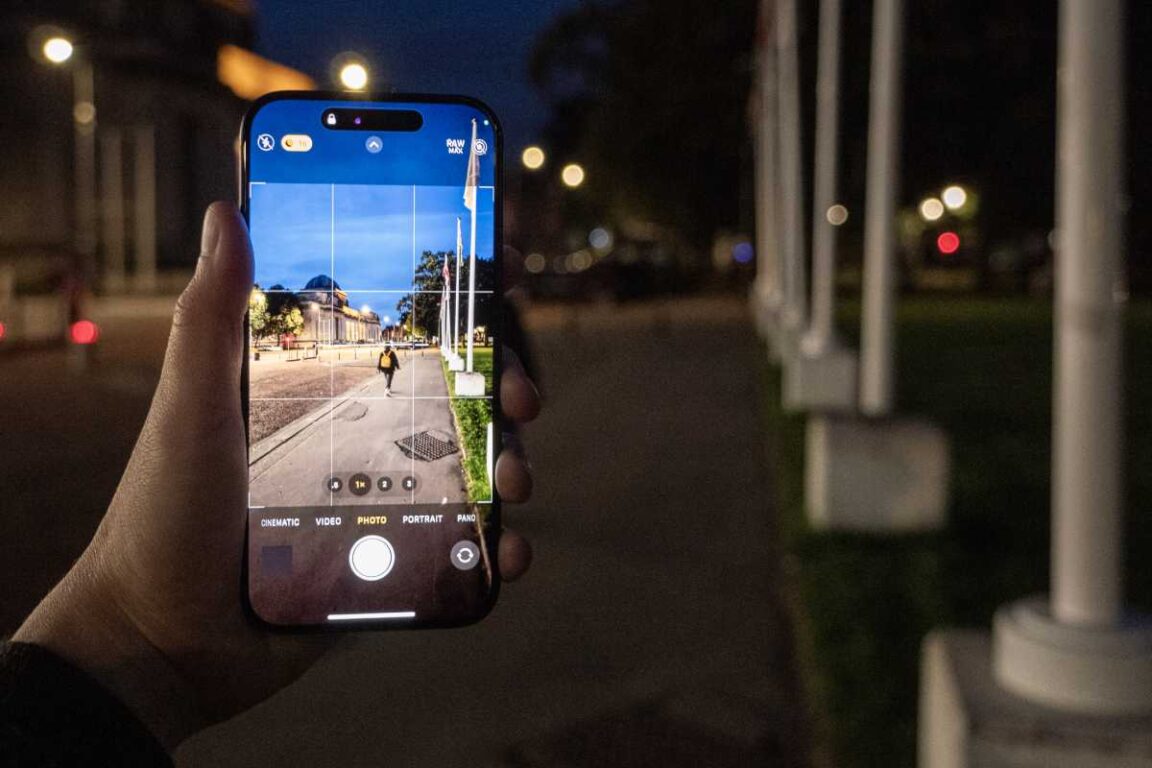The best smartphones for shoot are just getting better and better with each new generation. Clever AI-powered features, sharper lenses, faster processes) and detailed comparison of the specs. Many of the phones we’ve featured are the flagships of their lies, meaning they come at a considerable price. We’ve made an effort also to include some cheaper options, but you check out our guide to the Lus, Oppo, and more.
We’ve picked out ten top-tier handsets at a range of prices, based on our reviewing and testing experience and detailed comparison of the specs. A lot of the phones we’ve featured are the flagships of their lines, meaning they come at a considerable price. We’ve made an effort also to include some cheaper options, but you check out our guide to the best smartphones for shoot.
Best Smartphones for Shoot Are:
Samsung Galaxy S23
The Samsung Galaxy S23 Ultra is the most versatile camera system in the world right now, with a 200MP primary camera, 12MP ultra-wide that doubles as a macro lens, and two zoom lenses covering the 3X and 10X focal length. The 200MP primary camera gives Samsung’s computational photography plenty of pixels to play with. By default, Samsung’s software will apply 16-in-1 pixel binning to produce a roughly 12MP image that packs 16 times the information of a standard 12MP shot, and this helps the image generate light in really dark scenes. The S23 Ultra can also shoot using the primary camera’s full resolution to produce a 200MP image that can be zoomed in more than most smartphone photos.
Samsung’s one of the very few phone brands to offer two zoom lenses, and the logic is that the short 3X lens, which shoots at roughly 70mm equivalent. This can be used for portraits, while the long 10X lens, built on Periscope camera technology, can be used for a long zoom. Truth be told, many phones can capture very sharp 10X photos in 2023; instead, where Samsung’s camera really shines is if you do 30X zoom or beyond. Here, because Samsung has a more substantial base to start off from, its 30X image is sharper than most phones.
Google Pixel 7 Pro
The Pixel 6 Pro brought the major camera upgrades, and the 7 Pro builds on them. For starters, the primary camera is unchanged from last year’s model. The ultrawide may or may not have a new sensor, but it certainly has autofocus this time around. A most welcome development you don’t get on the non-Pro. At the opposite end of the zoom range, the telephoto now reaches 5x optical zoom (up from 4x), albeit at the expense of using a smaller sensor.
The primary camera’s sensor is most likely the Samsung GN1, and it has a 1/1.31″ optical format and uses 4-to-1 to get from its nominal 50MP resolution to 12.5MP resulting images. Google specifies an 82-degree field of view for the lens, which more or less corresponds to a 25mm equivalent focal length, though the EXIF data reports 24mm, and that’s what the sensor’s crop factor points to as well. The lens is stabilized.
Google Pixel 7 Pro Review
The ultrawide camera maintains the sensor numbers of its predecessor – 12MP, 1.25µm pixel pitch (so 1/2.9″ optical format). It still produces 12.5MP images because numbers don’t matter anymore. The lens has a broader field of view this time (125.8° vs. 114° on the Pixel 6 Pro). Though you won’t be getting all of it once the distortion correction has its way. The most significant development here is the introduction of autofocus. Which not only enables the new macro mode, but also just plain lets you capture a wider variety of shots.
The telephoto is all new. It uses a 48MP 1/2.55″ sensor with 0.7µm pixels. And this one is reasonably certain the Samsung GM5, replacing the 1/2″ imager of last year’s model. Again, the final photos are 12.5MP, despite what arithmetic will have you believe. The lens here will get you 5x zoom to an EXIF-reported equivalent focal length of 117mm. This lens is stabilized too, and has an f/3.5 aperture.
Iphone 14 Pro
iPhone 14 Pro’s ultra wide camera comes from a much larger sensor. The new lenses are designed and have higher sensitivity. While the opening took a small step back, the larger sensor handily offsets this.
Ultra wide lenses are tarnish at being less than sharp. They have to collect an unbelievable amount of images at dramatic angles. Lenses are being made of a transparent material that will refract the light at an angle, which causing the colors to be isolate. The wider the field of view of the lens, the more interesting it is to create a sharp image as a result.
Iphone 14 Pro’s Review
The iPhone 14 Pro’s ultra-wide camera has a far-reaching lens. The ‘Ultra-wide’ has always lived up to its name, which is with a 13mm full-frame equivalent focal length. it almost approximates the human binocular field of view. GoPro and other action cameras have a similar field of view, allowing an extensive-angle for capturing immersive video and shots in tight spaces. These cameras have not traditionally been renown for optical quality, however, and we have not seen Apple challenge that norm. Is this year’s camera different?
Apple didn’t go into great detail about the camera hardware changes here. But thankfully Tech Insights took the entire camera package apart. The new sensor, at 40mm², is almost 50% larger than the iPhone 13 Pro’s 26.9 mm² sensor. While its aperture is slightly ‘slower’ (that is, smaller), the larger sensor compensates.
Hence,these are the best smartphones for shoot.


